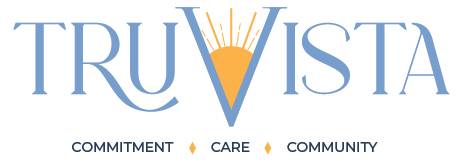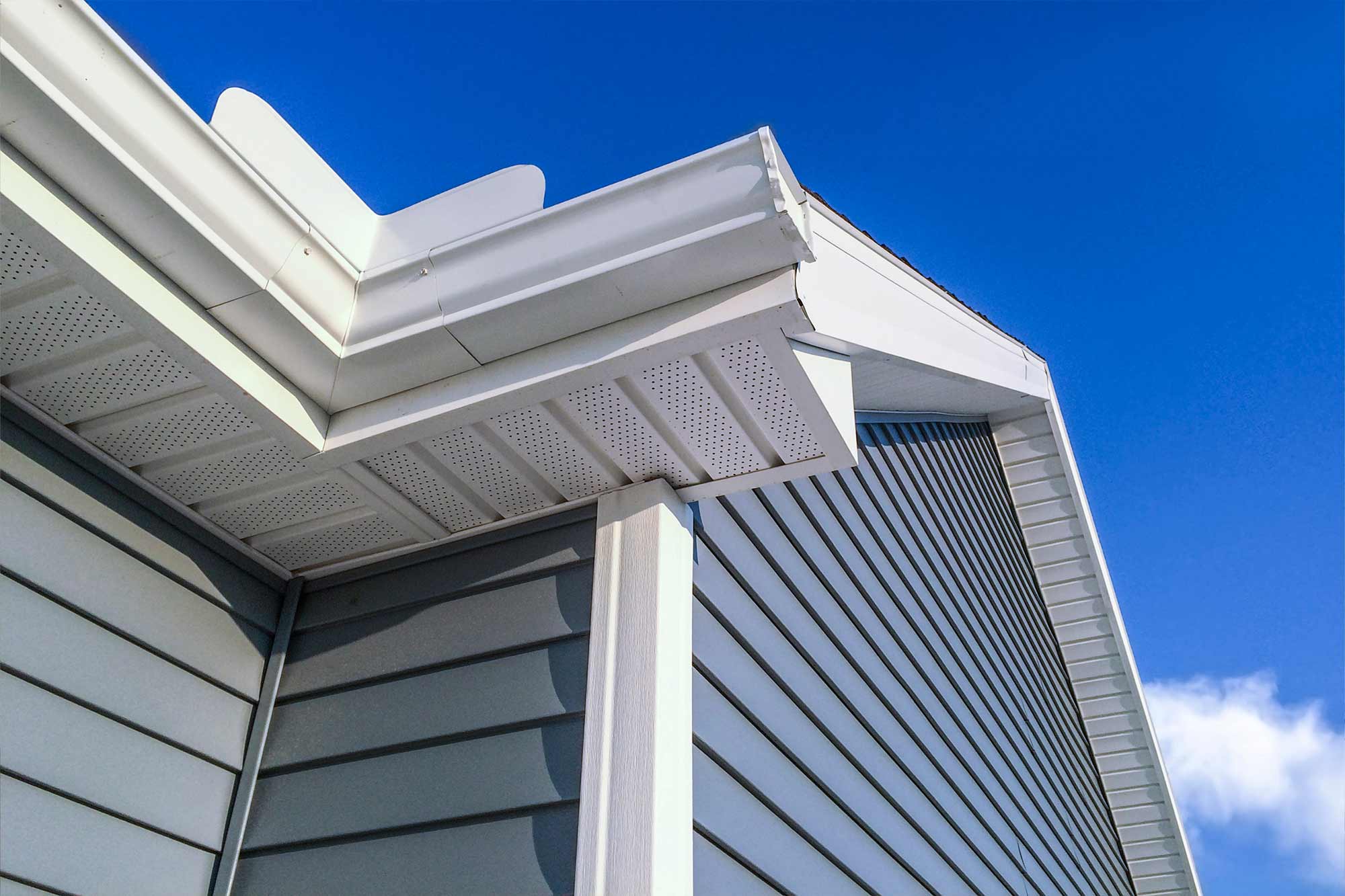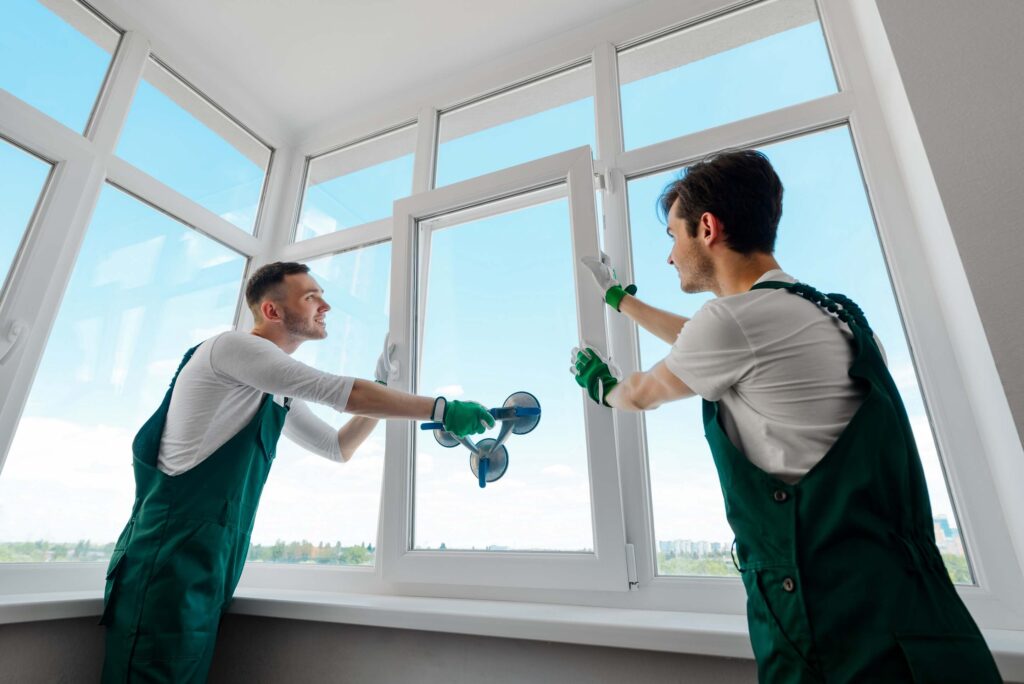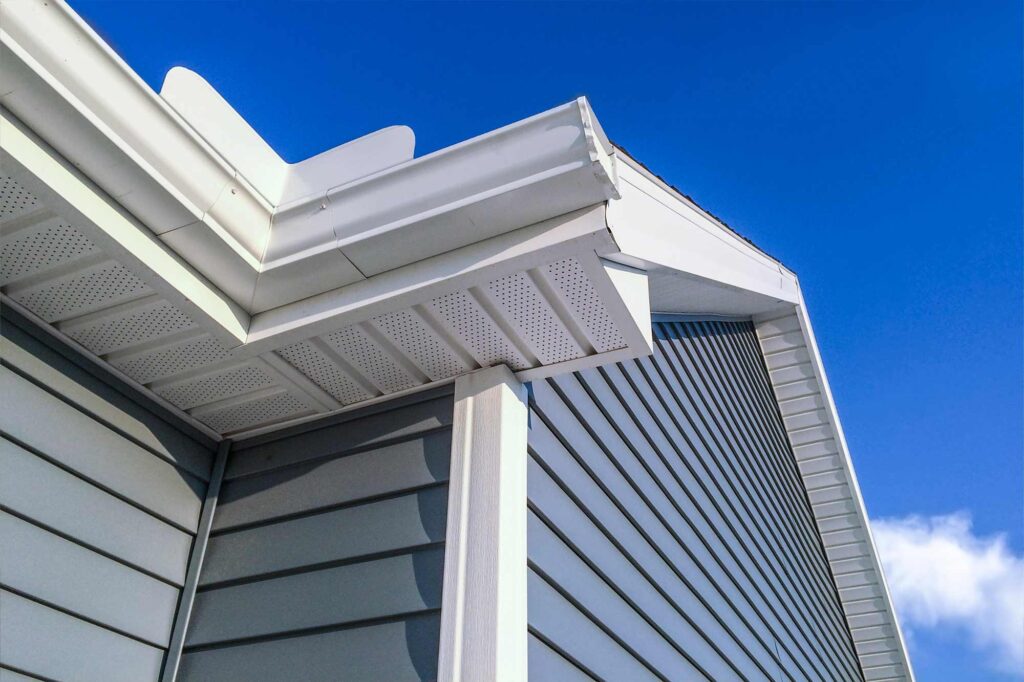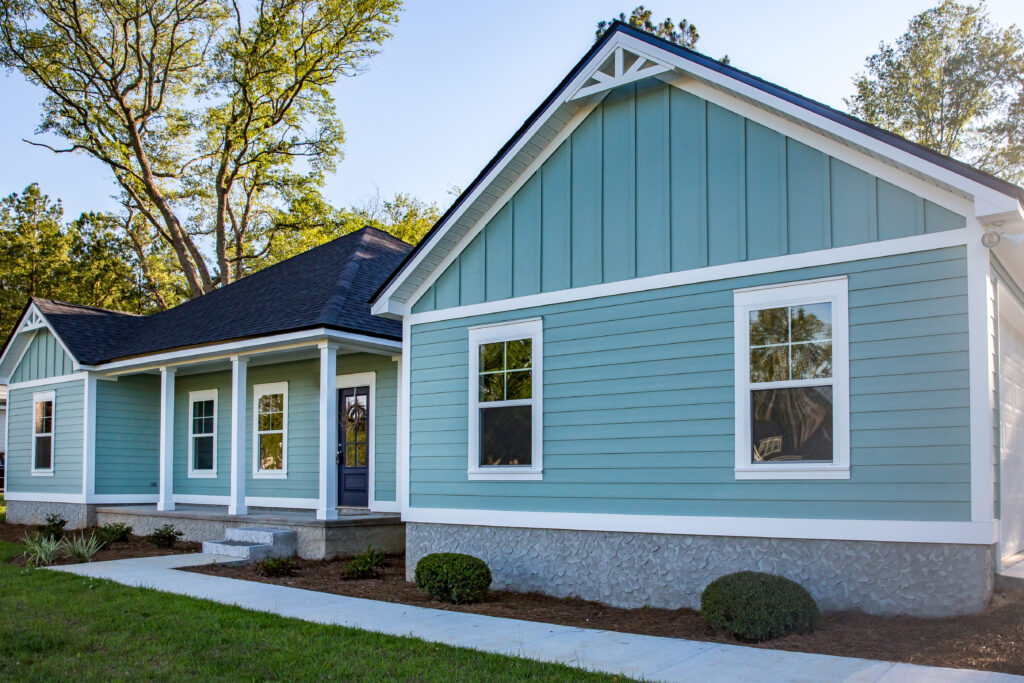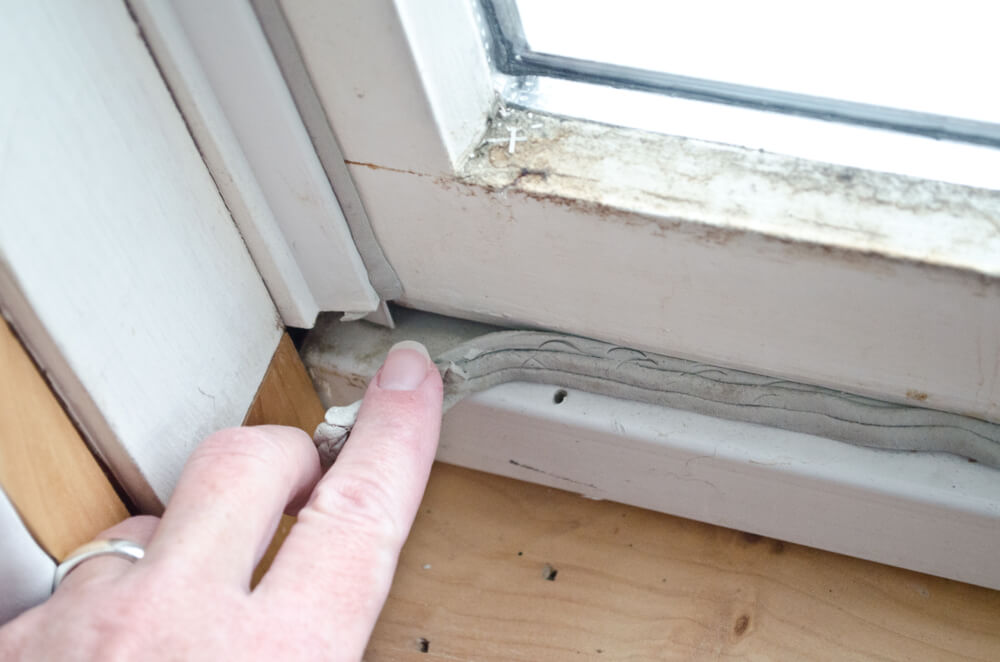Home Insulation Improvement
It’s no secret that Milwaukee winters can be brutal, with temperatures often dipping well below the 30s. As a homeowner, you know that as the temperature drops, your utility costs seem to exponentially rise. This makes it quite the challenge to keep your living space comfortable during these frigid months, especially without worrying about breaking the bank in the process.
In the summer, the sweltering heat and humidity can keep your air conditioner running overtime, with similar effects on the amount you’re paying to keep your house cool. If your home has outdated, inefficient windows and siding, the resultant heat transfer between your house and the outdoors is likely responsible for a good portion of your monthly energy bill. In effect, that’s cold, hard cash seeping through your home’s leaky window frames and skimpy siding.
By investing in new windows and siding from TruVista, you can greatly improve the insulation of your existing home. Better insulation boosts your home’s all around energy profile and enhances the comfort of your living space along with the quality of life for your family. It also reduces your utility bills and environmental impact. By tackling these projects simultaneously, you can also achieve some substantial benefits in terms of efficiency, cost reduction, and aesthetic possibilities. At TruVista, we have a wide variety of beautiful, energy-efficient window and siding options that will not only increase your home’s resistance to the weather, but its curb appeal as well. Let’s take a closer look at some of the benefits that upgrading to new siding and windows can have on your home’s insulation.
One of the primary sources of energy loss in homes is inadequate insulation. New windows and siding can significantly contribute to home insulation improvement, which, in turn, can enhance energy efficiency and reduce heating and cooling costs. Here’s how:
Window Home Insulation Improvement
Windows let the light and beauty of the outside world into our homes. They should not, however, allow for excessive energy loss and heat transfer. Single-pane windows, which used to be the standard in most homes, are particularly notorious for providing little in the way of protection against the elements. But any older windows can be a significant source of air leaks and drafts, whether due to age, outdated construction, problems resulting from the installation process, or general wear and tear.
Upgrading to new, energy-efficient windows can provide added insulation, prevent drafts and air leakage, and help your home maintain a stable indoor temperature. Insulated windows work to increase your home’s energy efficiency and decrease heat transfer, thus reducing your energy bill. They can also aid in noise reduction, keeping unwanted outside noise from disturbing the tranquility of your living space. Here are some of the features to look for when deciding on replacement windows:

Energy Star Certification: Look for windows with the Energy Star label. This certification ensures that the windows meet strict energy efficiency standards and will perform well in the Wisconsin climate.
Multiple-Pane Glass: Modern windows such as those offered by TruVista, often come with double- or triple-pane glass filled with insulating gasses like argon or krypton. This provides superior reduction of heat transfer when compared to single-pane glass.
Low-Emissivity (Low-E) Coatings: These coatings are applied to window glass to reduce heat transfer. They work to keep the temperature in your home more consistent by reflecting infrared light, keeping the interior cool in the summer and warm in the winter.
Advanced Frame Materials: Certain materials provide better insulation than others. Upgrading to windows with frames made from improved insulation material, such as vinyl or fiberglass, reduces heat transfer. These insulation materials are more resistant to temperature changes than traditional materials like aluminum.
Better Seals: New windows generally have improved sealing mechanisms, which close tightly to prevent drafts and air leaks. This helps maintain a consistent indoor temperature and reduces the workload on your air conditioning and heating system.
Check the U- and R- Values: The rate of heat transfer between a window’s interior and exterior is its U-value, while its thermal resistance is known as the R-value. The higher the R-value, the greater the thermal resistance, which means better insulation and energy efficiency. TruVista offers windows with some of the highest R-values on the market, ensuring maximum energy efficiency, an outstanding insulation upgrade, and noticeable energy savings.
Siding Home Insulation Improvement
Your home’s siding has a lot of jobs to do. Not only is it the “face” your home presents to the world, but it’s also its first line of protection against the elements. When you make the decision to update or replace your siding, you have an opportunity to not only beautify your home, but also greatly improve its insulation and resistance to fierce Wisconsin winters. Air and moisture can infiltrate your home through cracks in older siding, contributing to heat loss and raising your energy bill.
Modern vinyl siding comes with insulating properties that help improve your home’s energy efficiency. This insulated siding acts as a thermal barrier, reducing heat loss during the winter and heat gain during the summer, ultimately lowering your energy bills. TruVista’s vinyl siding offers superior exterior protection with foam-backing. This insulated vinyl siding not only makes your home more energy-efficient but also creates a quieter, more comfortable living space. Here are some of the features to look for when deciding on replacement siding:
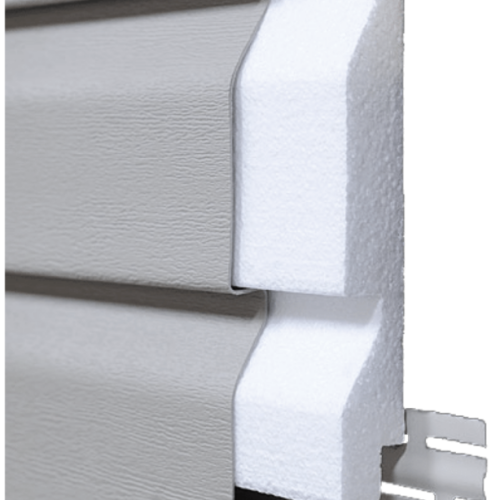
Insulating Materials: Some siding materials, such as insulated vinyl siding, come with built-in insulation. This additional layer helps to regulate indoor temperatures by preventing energy transfer year-round. Foam backing can raise the R-value of your exterior walls, meaning greater thermal resistance and lower energy costs.
Continuous Insulation: Siding installation often includes a layer of continuous insulation beneath the siding material. This acts as a thermal barrier, reducing the transfer of heat through the walls.
Moisture Resistance: High-quality siding can prevent moisture infiltration, which is crucial for maintaining insulation effectiveness. Moisture can degrade insulation and contribute to mold growth, reducing the siding’s thermal performance.
Seamless Cover: Properly installed siding creates a continuous barrier around the home, minimizing gaps where air and moisture can enter. This seamless installation contributes to better insulation. TruVista’s vinyl siding panels can reach up to 25 ft in length, which greatly reduces overlapping and seams.
Contact TruVista Today to Improve Your Home’s Insulation
When making the decision to pursue energy efficiency and greater insulation, you need to take all parts of your home into consideration. While replacing either your windows or siding on their own might help, it makes the most sense to undergo these home improvement projects in tandem with one another.
Investing in foam backed vinyl siding simply won’t be as effective if cold air is still seeping into your home through old, drafty windows while warm air leaks out. If you’re ready to invest in making your Milwaukee home more energy efficient with new windows and siding, contact the professionals at TruVista today.

